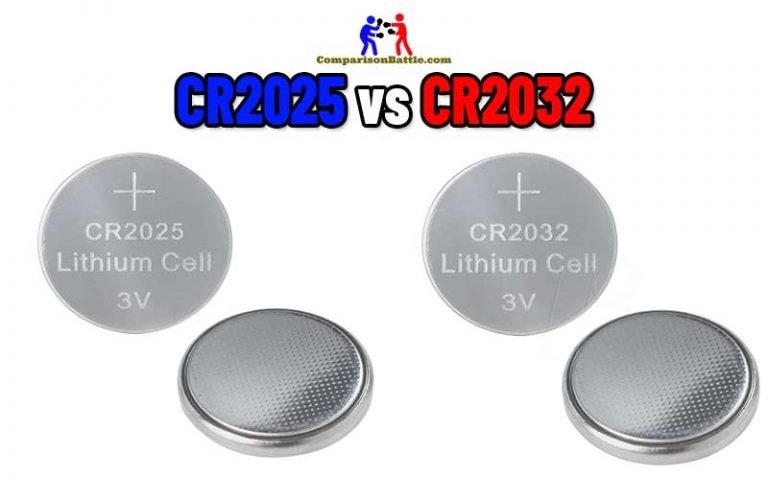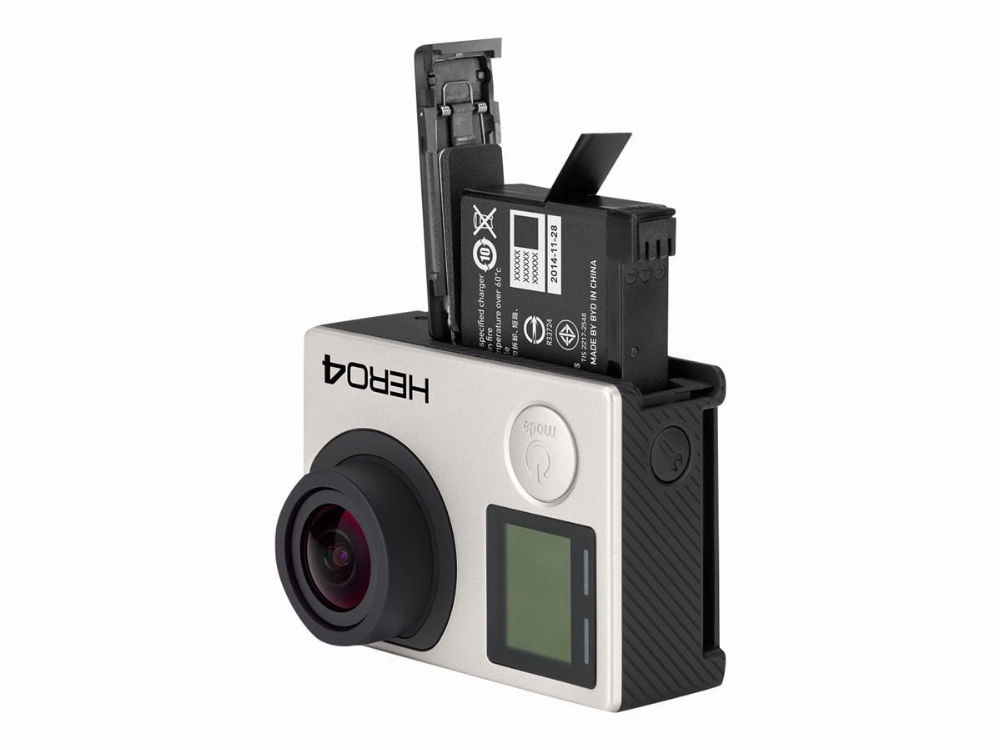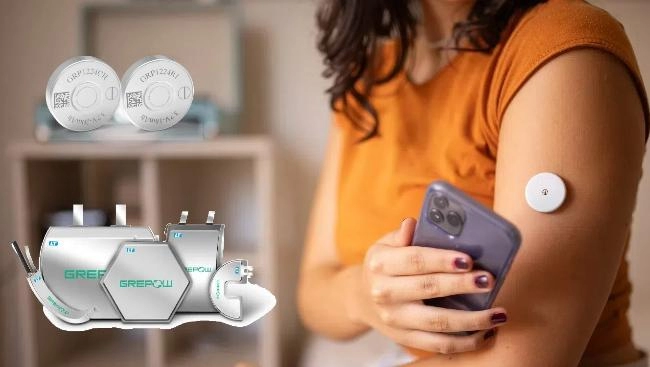In today’s world, where compact devices have become integral to our daily lives, choosing the right battery for these devices is more important than ever. Whether you’re powering a car key fob, a watch, or a kitchen scale, coin cell batteries like the CR2032 and CR2025 are crucial for keeping these devices running smoothly. But what exactly are the differences between these two? Does size really matter? And are there noticeable differences in performance? This guide will break down the key similarities and differences between CR2032 and CR2025 batteries, helping you make an informed choice for your devices.
Part 1: What Does “CR” Stand For?
Before we delve into the specifics of the CR2032 and CR2025 batteries, let’s first clarify what the “CR” stands for. “CR” is a standardized code used for lithium coin cell batteries, which are made with lithium manganese dioxide (LiMnO2) *as the active material in their electrochemical system*. This particular chemistry is known for providing a stable voltage and a long shelf life, often ranging from 5 to 10 years. These batteries are commonly used in low-power devices because they offer consistent and reliable energy.
The “CR” designation helps differentiate lithium coin cell batteries from other coin cells that use different chemistries, such as “LR” for alkaline batteries or “SR” for silver oxide batteries. When you see a CR battery, you can be confident that it’s designed for long-term, low-power use.
Part 2: Understanding the CR2032 Battery
The CR2032 is one of the most popular and widely used coin cell batteries, appreciated for its balance of size and capacity. The digits ‘2032’ in the name provide useful information about its dimensions. The first two digits, “20,” indicate its diameter, which is 20mm, while the last two digits, “32,” indicate its thickness, which is 3.2mm.
Due to its larger size and higher capacity, typically ranging between 210 mAh and 240 mAh, the CR2032 is well-suited for devices that require a longer runtime. It is commonly used in medical devices like glucose monitors, as well as everyday items like car key fobs and remote controls. The CR2032’s capacity allows it to maintain good performance even in colder environments, where other batteries might struggle to hold a charge.
Part 3: Understanding the CR2025 Battery
On the other hand, the CR2025 battery offers a slightly different profile. The name “2025” also gives you information about its dimensions: it has a diameter of 20mm, but a thickness of 2.5mm. The voltage is the same as the CR2032 at 3 volts, but the CR2025 has a smaller capacity, typically ranging from 150 mAh to 170 mAh.
Due to its smaller capacity, the CR2025 doesn’t last as long as the CR2032, particularly in devices requiring a steady power supply. However, the CR2025 is still an excellent choice for low-power devices such as watches, small remote controls, and some medical devices like thermometers.
Part 4: CR2032 vs CR2025: What are the Differences?
| Feature | CR2032 | CR2025 |
|---|---|---|
| Dimensions | 20mm diameter, 3.2mm thickness | 20mm diameter, 2.5mm thickness |
| Capacity | 210-230mAh | 150-165mAh |
| Voltage | 3V | 3V |
| Battery Life | Longer life due to higher capacity | Shorter life due to lower capacity |
| Thickness | 3.2mm | 2.5mm |
| Weight | Around 3.1 grams | Around 2.5 grams |
| Common Applications | Devices needing higher capacity, such as calculators, and medical devices | Low-power devices like watches, key fobs, and smaller electronics |
| Replaceability | Can replace CR2025 if the size fits | Cannot replace CR2032 in devices needing higher capacity |
| Price | Slightly more expensive due to higher capacity | Generally less expensive |
Part 5: CR2032 vs CR2025: Which is Better?
When it comes to choosing between the CR2032 and CR2025, there is no definitive “better” option. It all depends on the specific needs of your device. If your device requires higher capacity for a longer runtime, as is the case with medical devices or calculators, then the CR2032 is a better choice. On the other hand, if you’re working with a low-power device like a key fob or a watch, the CR2025 is a more cost-effective choice.
In summary, both the CR2032 and CR2025 batteries have their place in small electronic devices. The right choice depends on your device’s power requirements and size constraints. To learn more about optimizing battery life and efficiency for your devices, see our guide on charging lithium batteries.
CR2032 vs CR2025: How to Choose?
When choosing between CR2032 and CR2025 batteries, the power requirements of your device and the available space in the battery compartment are key factors to consider. If your device needs a higher capacity battery for longer-lasting power, such as in products like car key fobs or medical devices, the CR2032 is a good choice. On the other hand, if your device has a more compact battery compartment or only needs minimal power, the CR2025 might be more suitable.
For devices that specify the use of a CR2025, this choice is often due to size constraints. Substituting a CR2032, despite its higher capacity, might not fit properly. Always consult the device’s battery compartment and the manufacturer’s recommendations before making any changes.
If both battery types are compatible with your device, consider your usage patterns and energy consumption. For frequently used items like remote controls or fitness trackers, a CR2032 might help you avoid frequent battery changes. For items used only occasionally, such as small toys or watches, the CR2025 should work well.
Can I Use a CR2032 Battery Instead of a CR2025?
In many cases, you can use a CR2032 instead of a CR2025, but it’s essential to check the device’s battery compartment. Since the CR2032 is thicker, it might not fit into devices designed for the thinner CR2025. However, if the space allows, the higher capacity of the CR2032 will provide a longer battery life, making it an attractive option for devices that can support both batteries.
Are CR2032 and CR2025 Batteries Rechargeable?
Neither CR2032 nor CR2025 batteries are rechargeable. These are single-use batteries. Once depleted, they must be disposed of properly. While there are rechargeable coin cell batteries available, they are typically marked with a different designation, such as “LIR” for lithium-ion rechargeable versions. However, these rechargeable alternatives may not always be compatible with devices that require non-rechargeable batteries like CR2032 or CR2025.
Can CR2032 and CR2025 Batteries Be Interchanged?
CR2032 and CR2025 batteries can sometimes be interchanged, but several important factors must be considered:
Size Difference:
- The CR2032 is 3.2mm thick, while the CR2025 is 2.5mm thick. If your device’s battery compartment is designed for the thinner CR2025, the thicker CR2032 might not fit properly.
Capacity Difference:
- The CR2032 has a higher capacity (210-230mAh) compared to the CR2025 (150-165mAh). Using a CR2025 instead of a CR2032 in a device that requires more power might result in shorter battery life.
Voltage:
- Both batteries have the same voltage (3V), so they are electrically compatible.
Spring-Loaded Battery Compartments:
- In some devices with spring-loaded battery compartments, the thickness difference might not affect functionality, making them interchangeable.
When It’s Okay to Substitute:
- If the CR2032 fits into the CR2025 slot, it will generally provide a longer runtime.
- If your device can operate with the CR2025’s lower capacity instead of a CR2032, it can be used temporarily, but the battery will drain faster.
When It’s Not Recommended:
- Devices requiring a precise battery size may not function correctly if the wrong thickness is used.
- High-drain devices designed for CR2032 batteries may quickly deplete a CR2025 battery, resulting in reduced usage time.
Generally, it’s best to use the battery type specified in your device’s manual to ensure optimal performance and safety.
How to Safely Clean Battery Terminals After a Battery Has Leaked: A Comprehensive Step-by-Step Guide
This guide provides essential information on how to safely clean battery terminals after a battery leak, outlining potential risks, safety precautions, and proper cleaning techniques. Ensuring safe handling of battery leakage helps avoid hazardous situations and prolongs device lifespan.
Portable Battery Chargers (Non-Power Banks) vs. Power Banks: Understanding Key Differences
A portable battery charger refers to any compact charging device, whereas a power bank specifically stores energy in a battery to power devices without an external power source. Understanding these differences can help you choose the most suitable device for your charging needs.
The Ultimate Guide to Using Lithium-Ion Jump Starters
Lithium-ion jump starters are essential for car battery emergencies. This comprehensive guide covers everything from safe usage and maintenance tips to understanding why a lithium-ion jump starter is a worthwhile investment for your vehicle.
What is a Portable Battery Charger?
A portable battery charger is a convenient device that allows you to charge your electronic devices on the go. This guide explains the concept, materials, and operational mechanisms, helping you clearly understand how these devices work.
How to Choose the Best Battery Pack for Your Needs: Key Factors to Consider
Selecting the ideal battery pack is crucial for ensuring reliable and efficient performance. This guide explores important factors such as capacity, safety features, and overall performance to help you make an informed decision when choosing the best battery pack.








